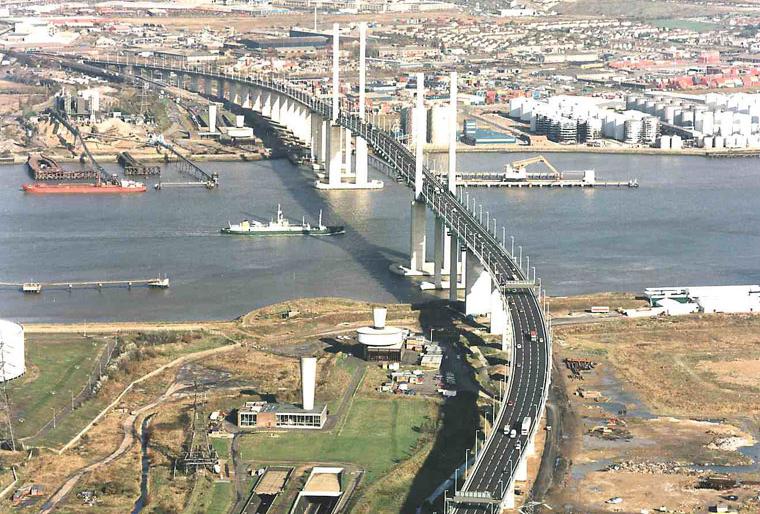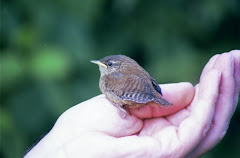OK, so my picture quiz was too easy, try this one. What are you seeing here?
Things have been happening too fast to blog about them and
this is a few weeks old now.
Keeping sea horses, I have been told, is very
difficult. They are very particular
about the kind of food they eat and unless they get exactly the right kind of
food, they will starve. Being a very
primitive creature, in the absence of a food supply, they will start to eat
their own bodies, using their extremities as a temporary food source until they
find the right food. This is a built in
survival technique which works fine if the food supply returns within a short
time. Once back on a suitable diet they
are able to re-grow the missing bits.
However, if the food supply never returns or takes too long, they will keep
on eating their own body until eventually they eat a vital organ and die.
One of the firms I
worked for seemed to have evolved from a seahorse. They had never properly recovered from the
1980s slump and over the next fifteen or twenty years went through a process to
make itself ‘leaner and fitter’ by shedding staff and closing departments which
did not show a direct profit.
Eventually, like the seahorse it lost so much of itself it could not survive
and after a series of convulsions died.
In the process the department I had worked in, shed staff
regularly and so from a group of about eighty productive people, there were
just four by the end of this process. Our team had been a great group of people and
we had all worked well together, so before we all had a chance to disperse to
the four winds and lose touch, our erstwhile head of department got all his old
staff together for a farewell party. We
enjoyed this so much that we have had a reunion every year since. Our group is scattered across the whole of GB
and NI and so for a reunion, we have to gather somewhere and it is accepted
that we each host a reunion in turn and find some local entertainment for the
group.
This year it was the turn of J and his wife J who live in
Tiverton, so we went off to stay in a hotel in the Exe Valley in Devon. The part of the Exe valley we stayed in is
devoid of any phone signals or Internet, so for the second time this year we
were completely IT free.
 |
| A model of the Mill inside the museum |
On the Saturday it was arranged for us to visit the local
woollen mill museum and this may be enough of a clue to identify the first
picture. Hands up all those who think
they know what it is.
 |
| Some of the spinning machinery |
When I was a child my grandfather owned and ran a factory
which he had built up from nothing starting in the late 1890s. By the time I came along it was in full
swing, manufacturing paper tubes and cardboard packaging and the interior of
this old mill reminded me very much of his old factory. It was I recall very dingy and dark and
would by no means have complied to modern health and safety standards. When he died, the family ran it for a while
but eventually they all reached retirement age and it was closed. There was considerably less demand for cardboard
products by then since plastic had come of age in the meantime.
 |
| The more modern steam power added in the early 1800s |
Before electric motors became cheap and plentiful most
factory machinery was driven by a central shaft, and all the different machines
ran from overhead pulleys driven from the main shaft. In the case of the mill we were visiting, it
had been driven by a water wheel originally and later when this was
insufficient, by steam. My grandfather’s
factory had used a stationary gas engine* and it looked very similar. *For those who live across the pond, that is coal
gas, the stuff we used to cook with before natural gas took over, not gasoline
which we call petrol.
 |
| Pulleys delivering power from a rotating shaft |
 |
| The horse drawn passanger barge |
 |
| A one horse power engine |
The invention of the horse collar allowed the horse to pull loads more than three times the weight a pack horse can carry, but the use of a barge allows a single horse to pull up to 50 tons.
Although we missed the commentary we had a
peaceful time, saw a lot of wildlife and had a very pleasant stroll.
 |
| The classic swan and reflection picture |
 |
| A flotilla of mum and her cygnets |
That evening, we had a meal at the hotel. The menu was first class which accounted for
the popularity of the place. Its
accommodation was acceptable but nothing like the food. The hotel was right under a cliff and so the
rooms at the rear were very dark even in full daylight and the fittings were
not special. Most of us managed to pull
the toilet roll holder off its stand whilst there and several other fittings
were none too stable either. However the
company and the food more than made up for this and we had a great time.
 |
| Knightshayes Court |
 |
| The Queen was visiting too |
This is a large stately home that belonged to
the Heathcoat-Amory family and was given to the National Trust in 1973.
 |
| This character seems to delight in pulling faces at the tourists |
 |
| The deer in the park are in fact sculpted from willow cane |
 |
| This clever bit of topiary depicts a fox hunt |
John Heathcoat invented a mechanised lace manufacturing process
in the Derby area where he made a substantial fortune. Later his machines were destroyed by the
Luddites, so he moved lock stock and barrel to Devon. The house was built so that his factory was
in view from some of the windows.
Presumably he wanted to keep an eye out for Luddites. You can still see where
the old mill buildings would have been in the nearby town although the trees
have grown up a lot since his ownership.
Before going home, J & J had invited us all to their
home for a traditional Devon cream tea where we had homemade scones with cream
and strawberry jam*.
 |
| Devon tea is cream first jam on top as opposed to Cornish which is the reverse |
After that we returned home. Rather
than taking the delights of the M5 and M4 on a Sunday evening, we went across
country which turned out to be a good idea since there was a long holdup on the
motorway route and we got to see some nice countryside as we tootled along.
*Jam seems to be called Jelly in countries where they don’t
speak English properly, also the proper name for what they call jello is really
jelly. Goodness knows we tell them often
enough! Mind you they changed the name
of Harry Potter and the Philosopher’s Stone to Harry Potter and the Sorcerer’s Stone, Northern Lights to The Golden Compass also for some strange reason, so
they obviously get lots of things wrong.














































